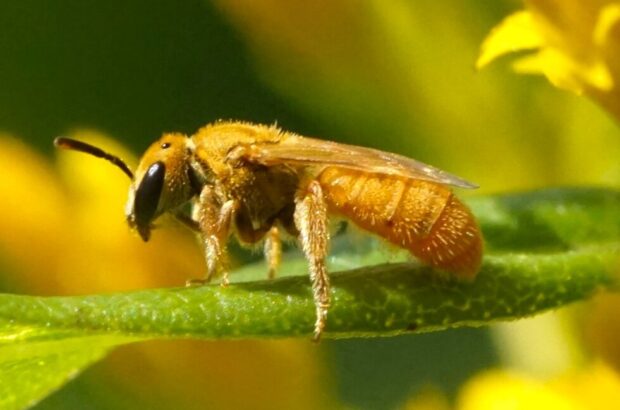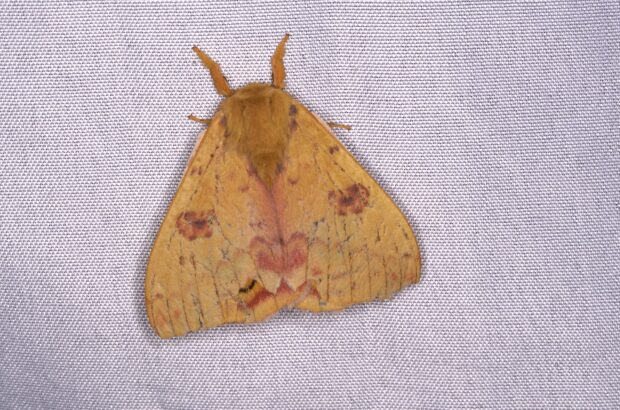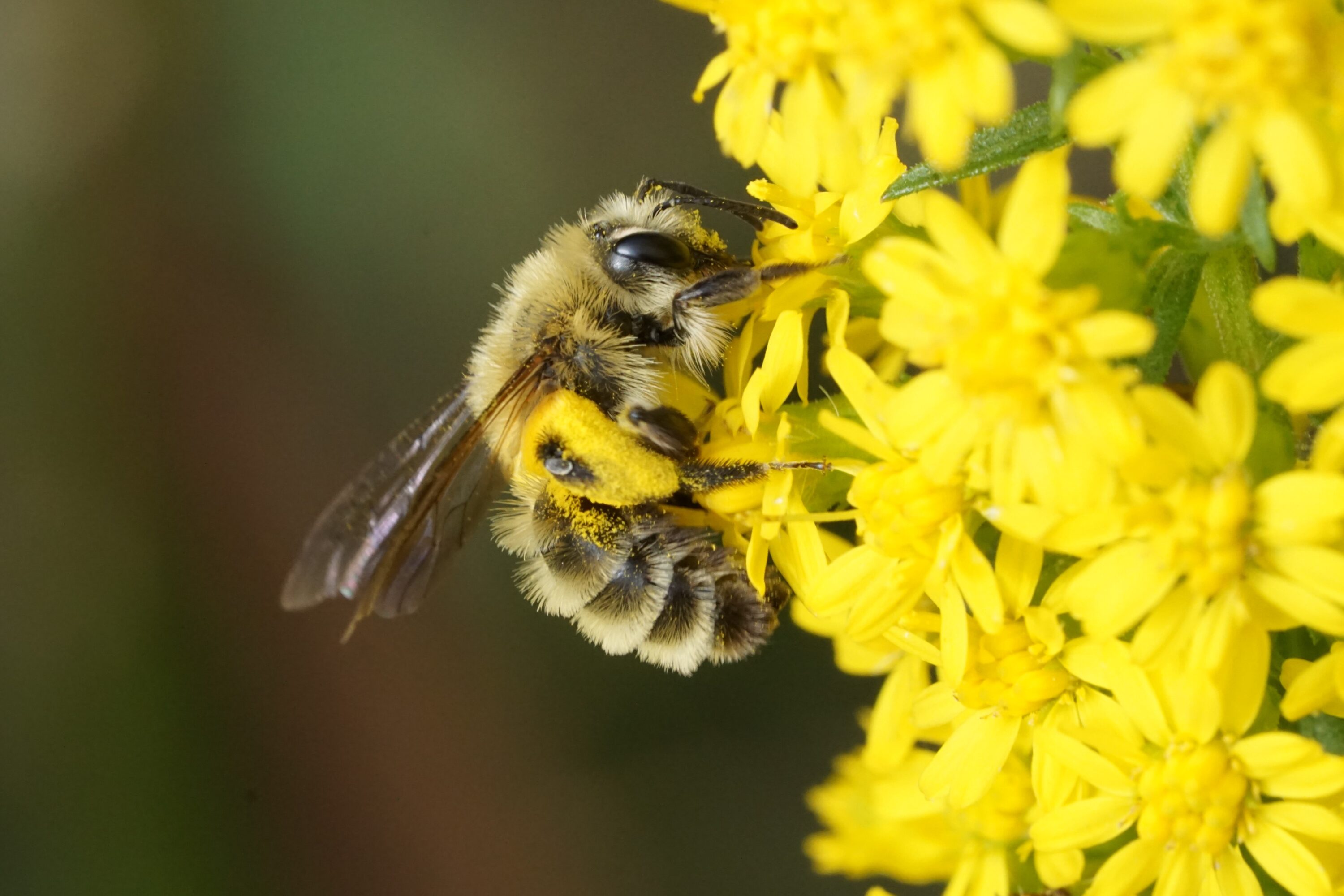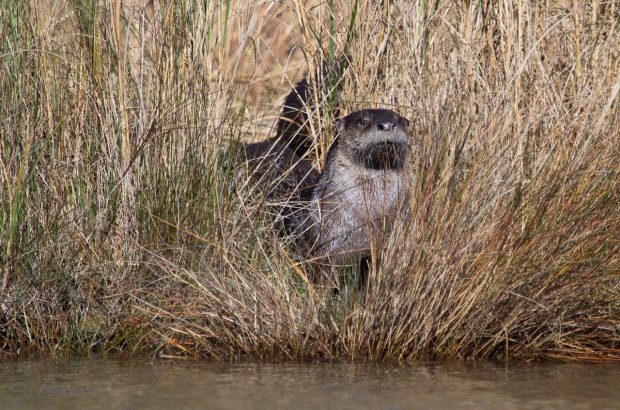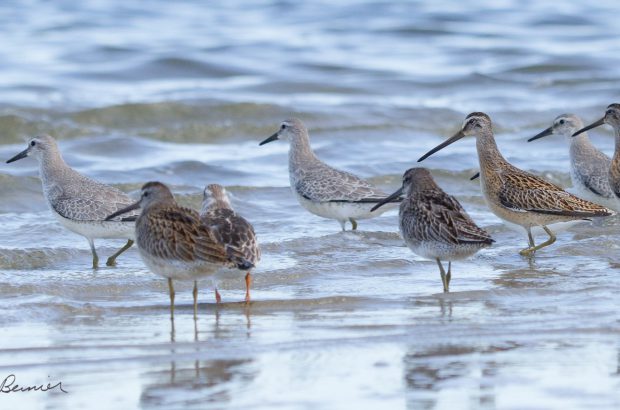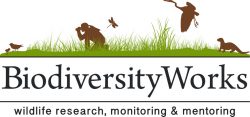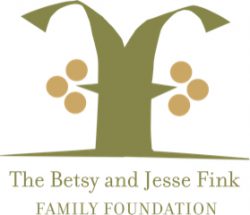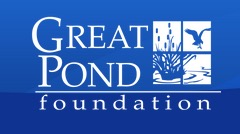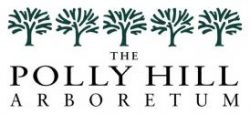Recent Discoveries
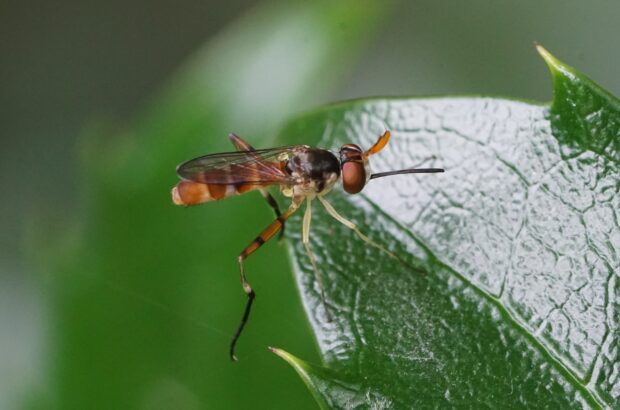
Stylogaster neglecta
Apparently a first record for Martha’s Vineyard, the Conopid fly Stylogaster neglecta was recently found outside the BiodiversityWorks office in Vineyard Haven.
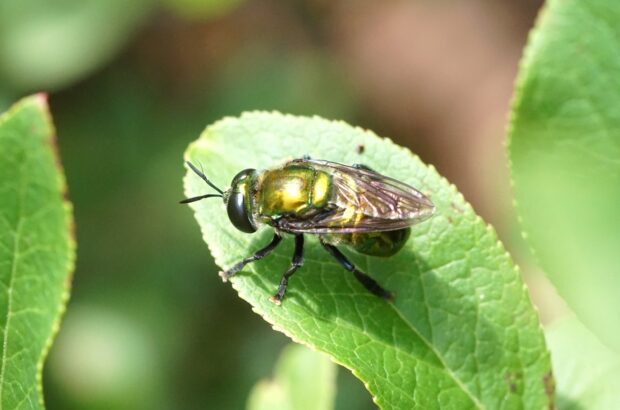
Microdon fulgens on Martha’s Vineyard
The discovery of the “ant fly” Microdon fulgens on Martha’s Vineyard extends the known distribution of the colorful, mainly southern Syprhid fly by about 250 miles.
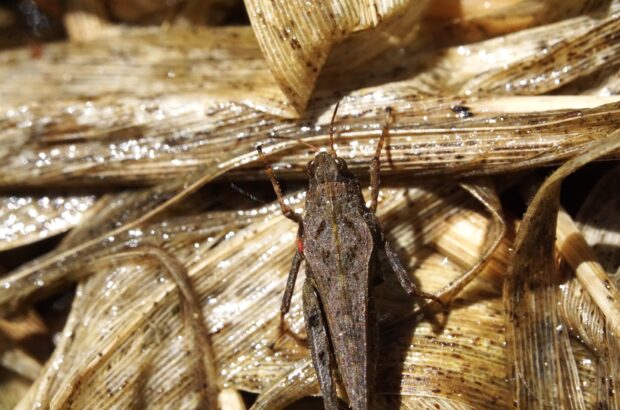
New Pygmy Grasshopper for Martha’s Vineyard
Tetrix subulata – slender or awl-shaped pygmy grasshopper – was found in Aquinnah on May 31, 2024. This was the first Vineyard record of this species, which represents the 68th species of Orthoptera known from the island.
